320 AD Constantine and the Foundations of the Byzantine Church
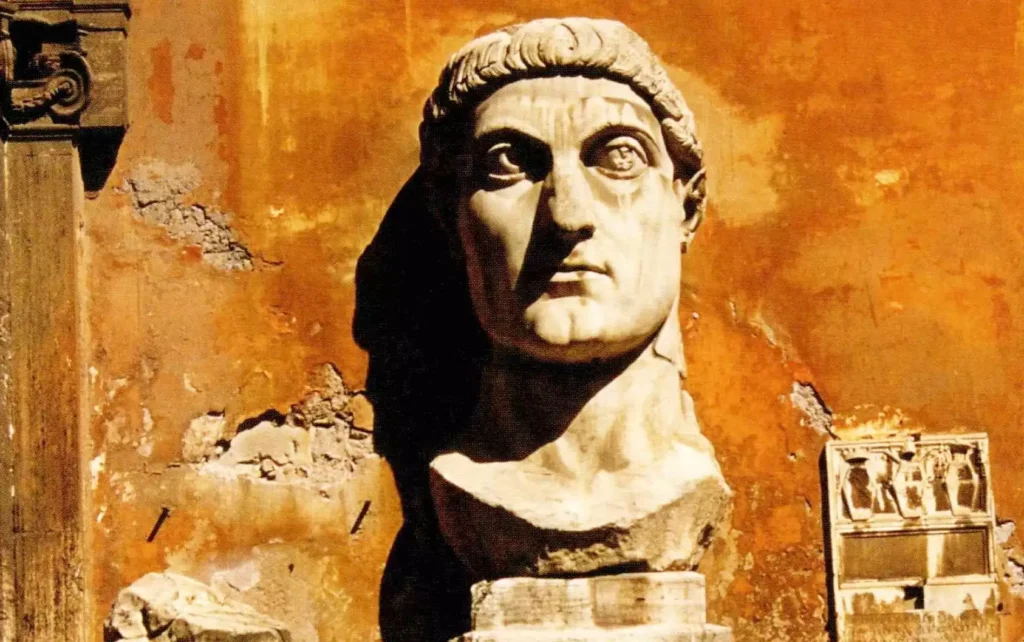
The conversion of Constantine after his victorious vision of the cross marked a pivotal moment for Christianity. His patronage brought the faith into the social mainstream and laid the foundations of the Byzantine Church. The ‘Publication’ of Christian Scripture The emergence of the codex, or modern book form, played a pivotal role in the spread […]
1274 AD Second Council of Lyon: Brief Reunification and Crusade Plans
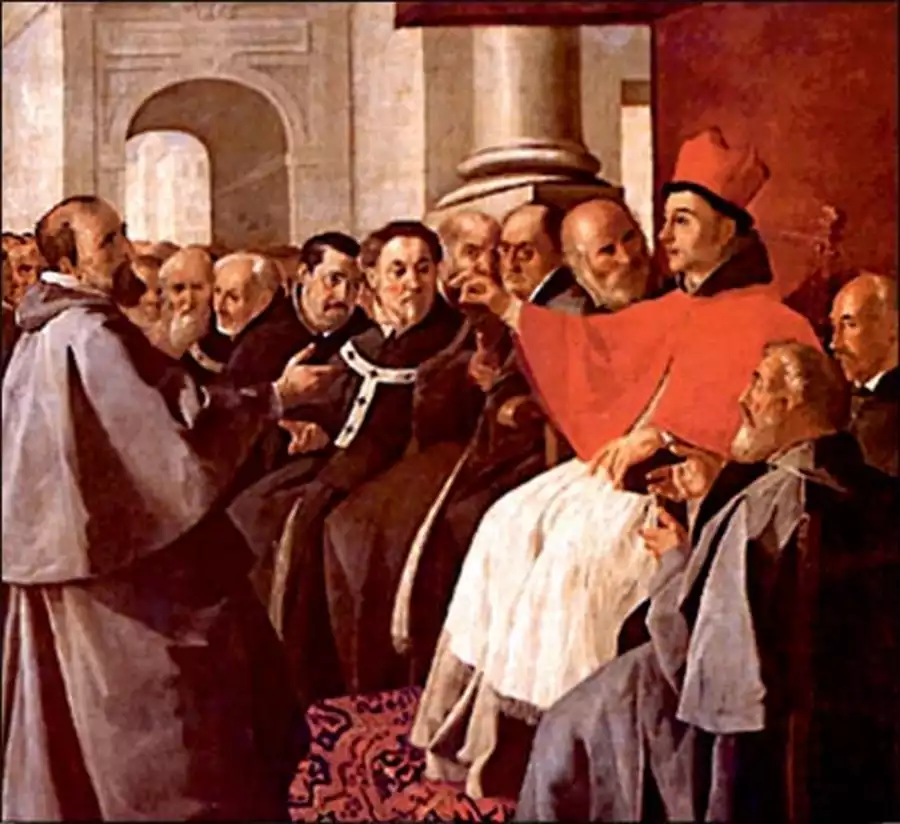
The Second Council of Lyon convened in 1274 as an attempt to mend the rift between the Catholic and Orthodox churches. Pope Gregory X called the council and Byzantine Emperor Michael VIII sent representatives, hoping for a reunification in exchange for military support against threats to Constantinople. The council proclaimed a brief reunion, although it […]
1245 AD The First Council of Lyon: Pope Innocent IV Deposes An Emperor
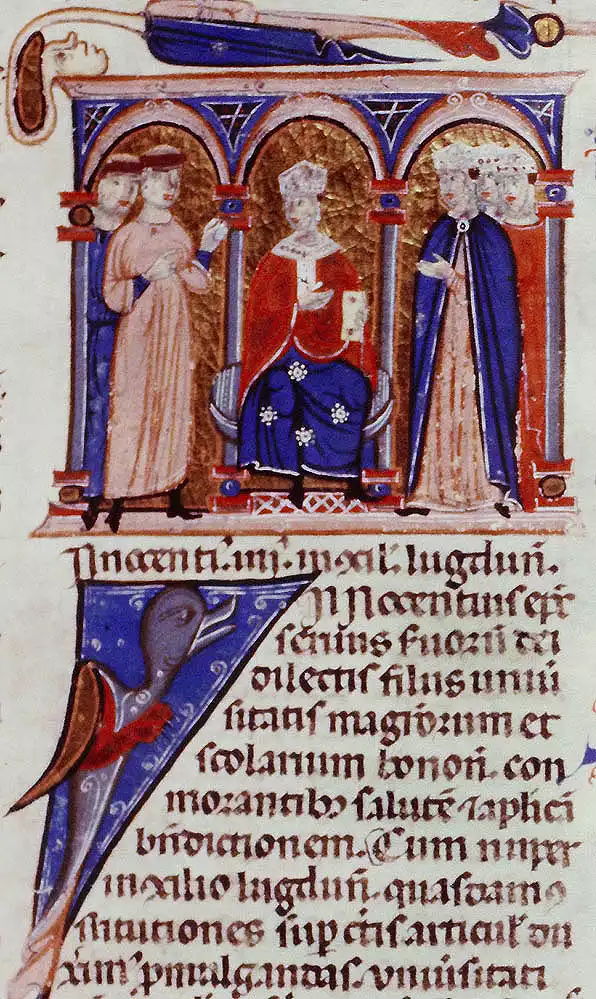
The First Council of Lyon in 1245 was a pivotal moment in the epic struggle between secular rulers and papal authority in medieval Europe. Occurring at a time when Pope Innocent IV was threatened by Holy Roman Emperor Frederick II, the council saw the pope wield the Church’s power to fulminate against temporal authority. Assembling […]
1139 AD Second Lateran Council | Did You Know the Church Once Banned Tournaments?
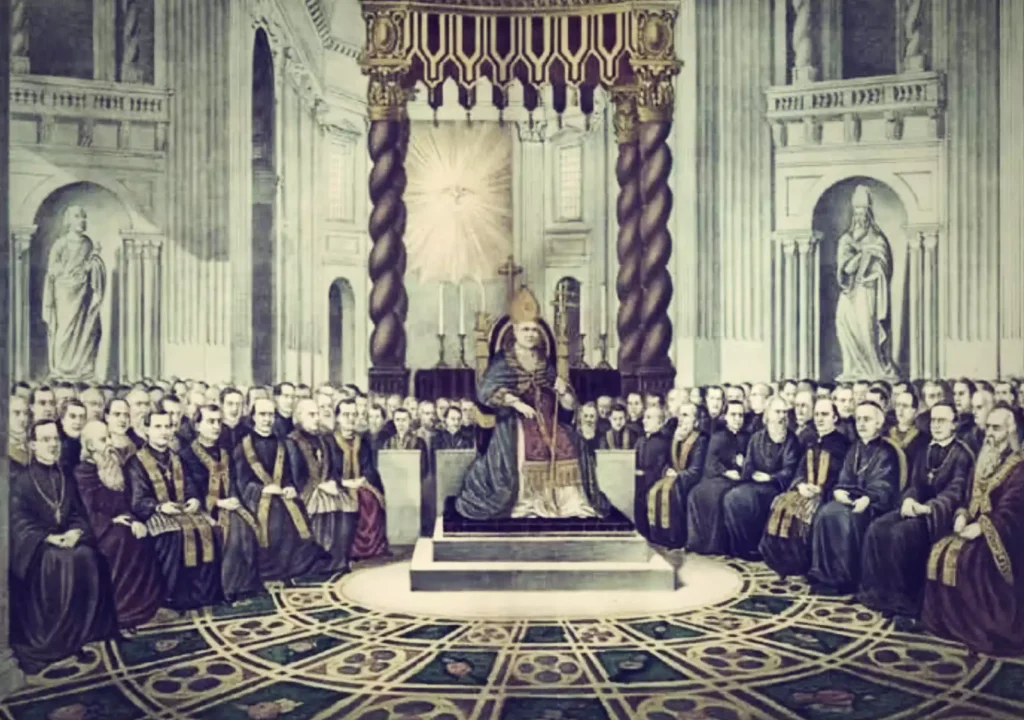
In April 1139, nearly a thousand clerics gathered at the Lateran Palace in Rome for the Tenth Ecumenical Council recognized by the Catholic Church. Convened by Pope Innocent II, the Second Lateran Council aimed to resolve the papal schism of 1130 and reform perceived laxities in ecclesiastical discipline. Its bold decrees tackled issues from clerical […]
1809-1829 AD The post-Napoleonic Restoration period sees revived power for the Catholic Church, After Napoleon
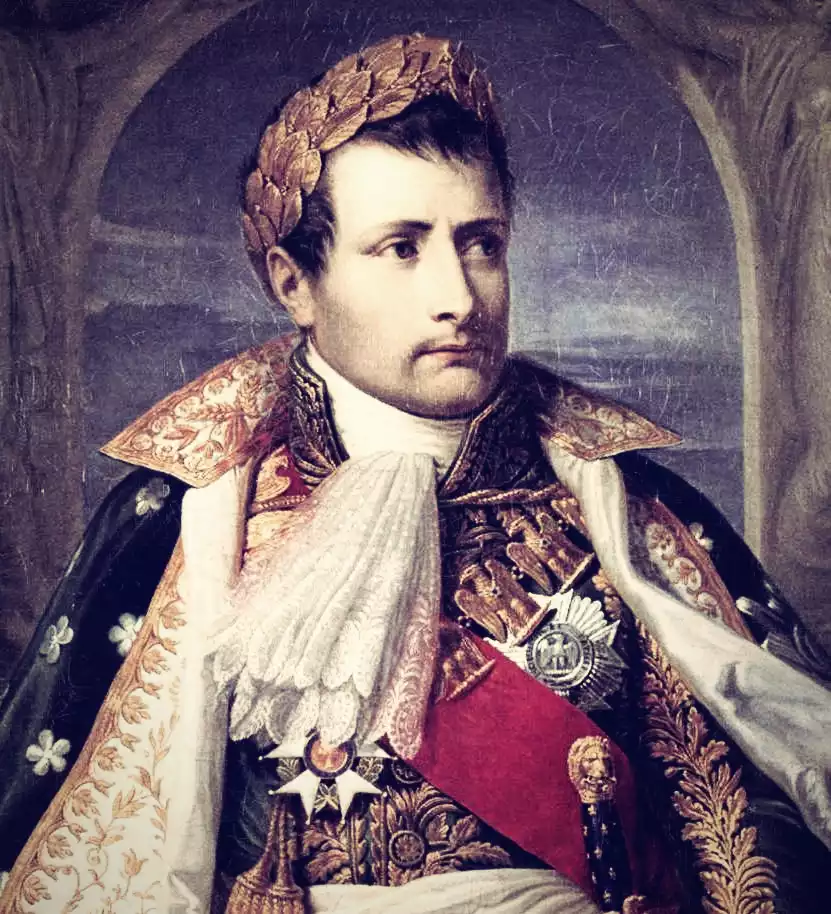
The post-Napoleonic era from 1809-1829 saw a widespread restoration of monarchical power across Europe, as well as a revival of influence for the Catholic Church. This period is often called the “Age of Metternich” after the Austrian statesman who epitomized the conservative, reactionary politics of the time. The Congress of Vienna: Rebuilding the European Order […]
330 AD How Constantine’s Constantinople Shaped History
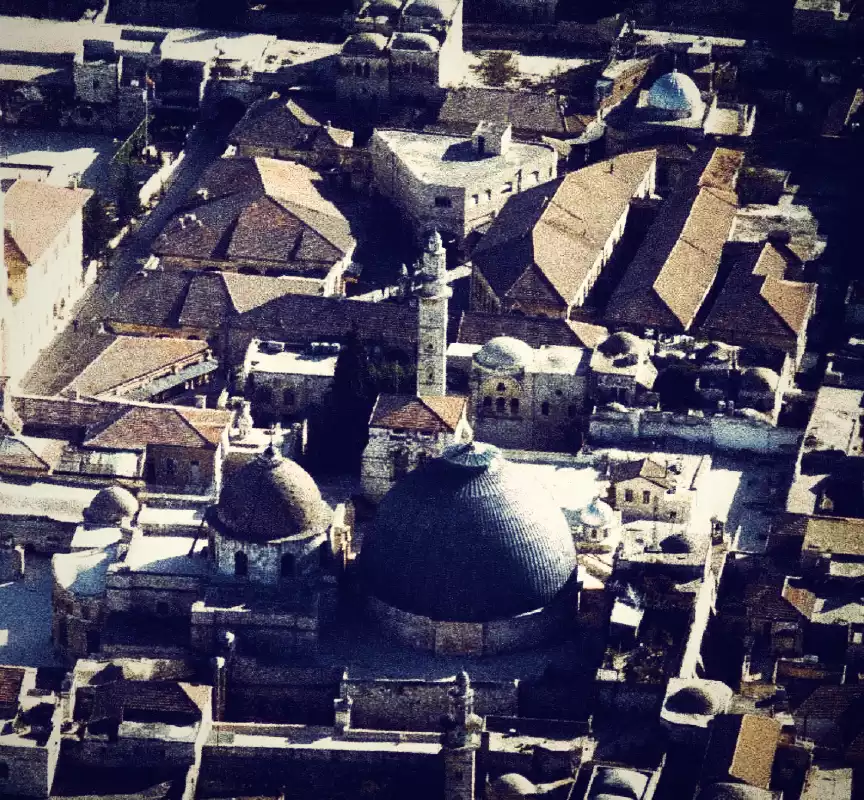
In 324 CE, the Roman emperor Constantine defeated his rival Licinius to become sole ruler of the Roman empire. Shortly after, he made a decision that would change the course of history – founding a new imperial capital on the site of the ancient city of Byzantium. Christened Constantinople in 330 CE, this “New Rome” […]
1689 AD The Act of Toleration passes in England, granting rights to Protestant nonconformists but excluding Catholics
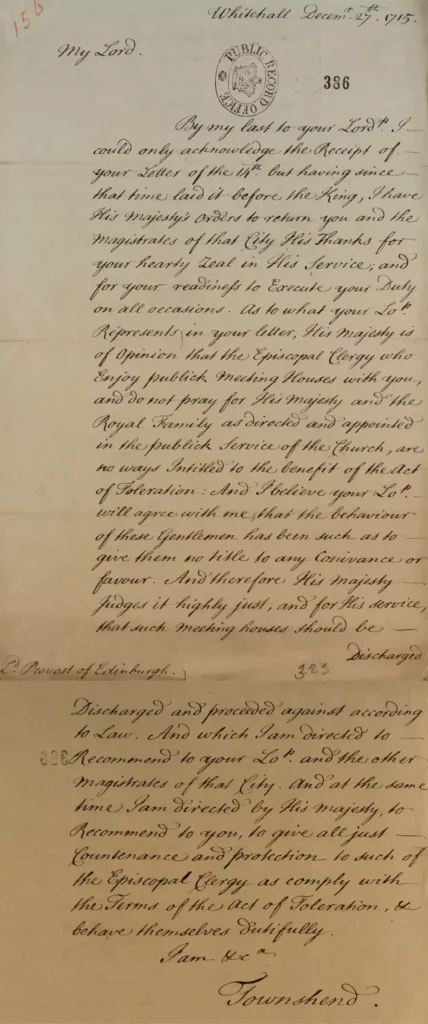
The Act of Toleration, passed by Parliament in May 1689, marked a turning point for religious freedom in England. Though far from full religious liberty, the Act granted significant new rights to certain Protestant nonconformists who dissented from the Church of England. The Long Road to the Act of Toleration The Act of Toleration of […]
1986 AD The Jesus Seminar is founded to reconstruct the historical Jesus through academic analysis and voting

The Jesus Seminar was a controversial group of academics and laymen founded in 1985 that used debate and voting to determine which sayings and deeds attributed to Jesus in the Gospels were authentic. Their conclusions sparked debate in religious and academic circles regarding the search for the historical Jesus. Unorthodox Beginnings – The Founding of […]
1948 AD The World Council of Churches is formed to facilitate cooperation among Protestant denominations
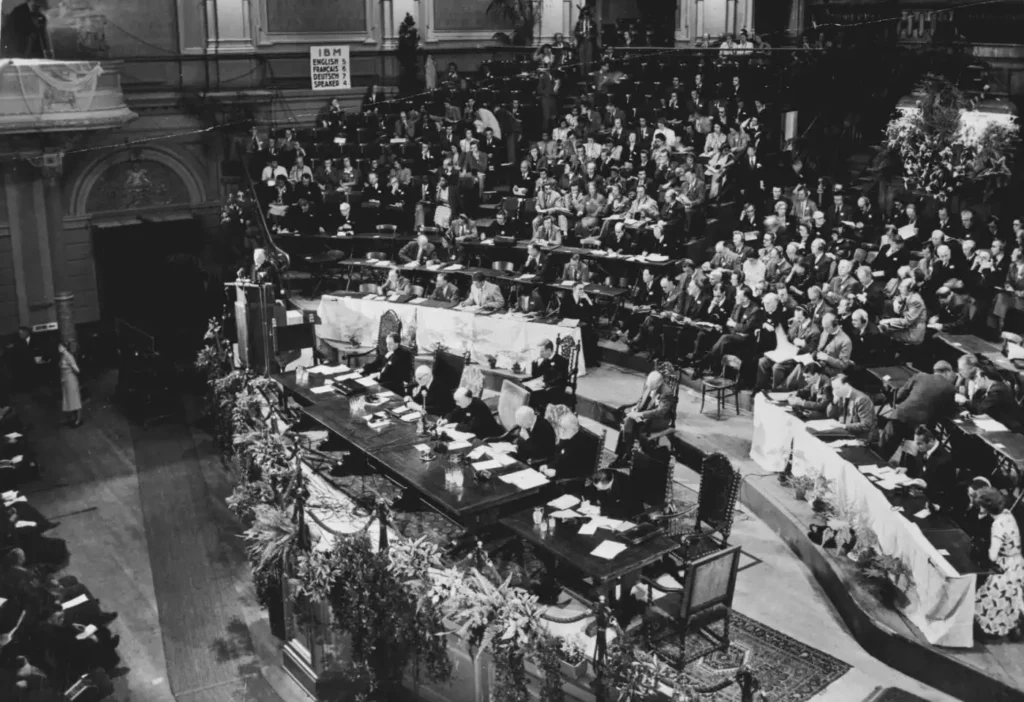
In the wake of the destruction of World War II, Christian leaders sought unity and cooperation to heal the divides of the past. Their efforts led to the groundbreaking inauguration of the World Council of Churches in 1948, bringing together Protestant denominations from around the globe for the first time. Early Efforts Towards Protestant Cooperation […]
799 AD The Shocking Carolingian Renaissance That Shaped Europe

In 799 AD, Charlemagne ushered in a period of cultural and intellectual flourishing known as the Carolingian Renaissance. This unexpected “rebirth” had profound implications, sparking religious reforms, promoting education, and helping to standardize Latin across Europe. The Carolingian Renaissance laid crucial groundwork that would shape Western civilization for centuries. Spark That Lit the Carolingian Renaissance […]
306 AD The Miraculous Conversion That Christianized Armenia, Armenian-christianity
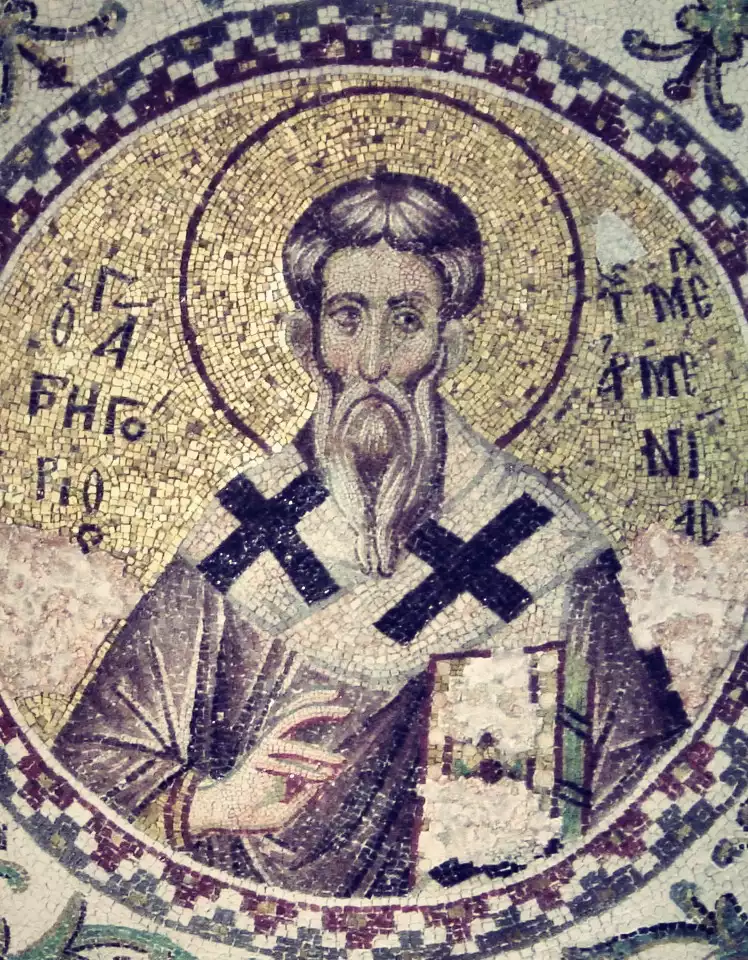
In 306 AD, Saint Gregory the Illuminator played a pivotal role in the conversion of Armenia to Christianity. As the first country in the world to adopt Christianity as its state religion, Armenia’s Christianization marked a major turning point in history. Saint Gregory brought the light of Christ to the Armenian people through his tireless […]
1453 AD Fall of Constantinople: The Orthodox Patriarchate Under Ottoman Rule
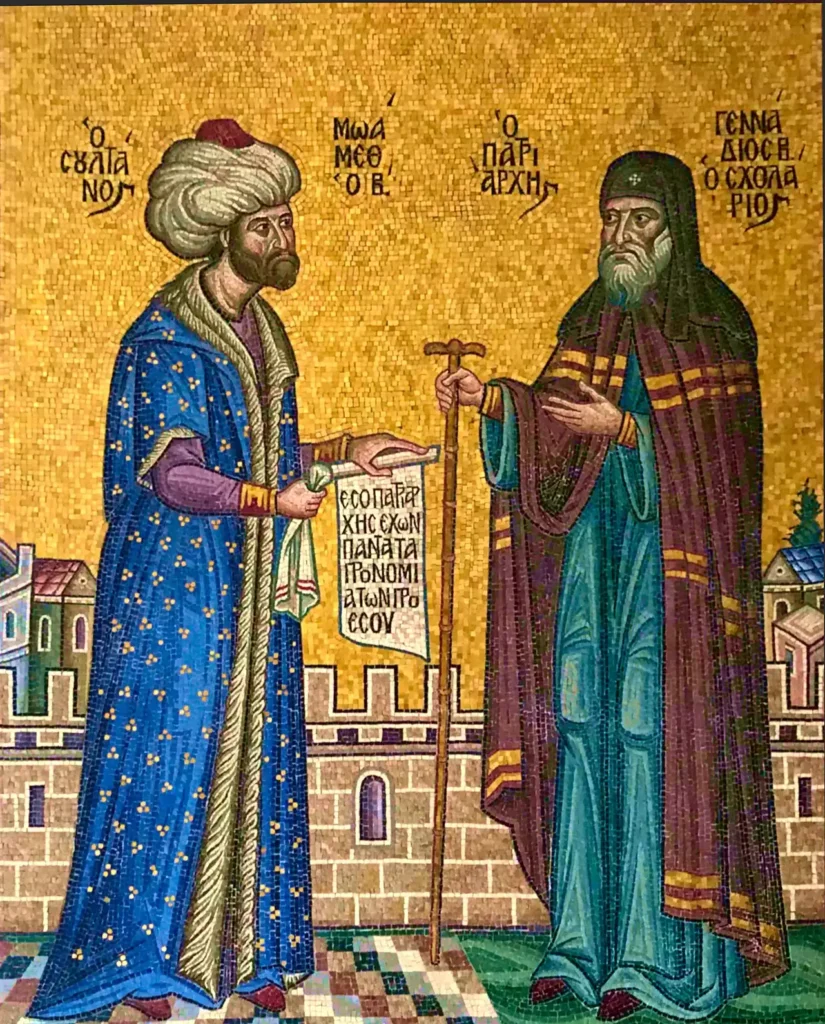
After the Fall of Constantinople in 1453, the Ottoman conqueror Muhammed II aimed to definitively regulate relations with his massive new Christian subjects. He decided to recognize the Ecumenical Patriarchate of Constantinople, handing its reins to George Scholarius, renamed Patriarch Gennadius II. Gennadius was granted extensive rights and privileges over the Orthodox church and Christian […]
314 AD Arles Synod: Unveiling Historical Truths
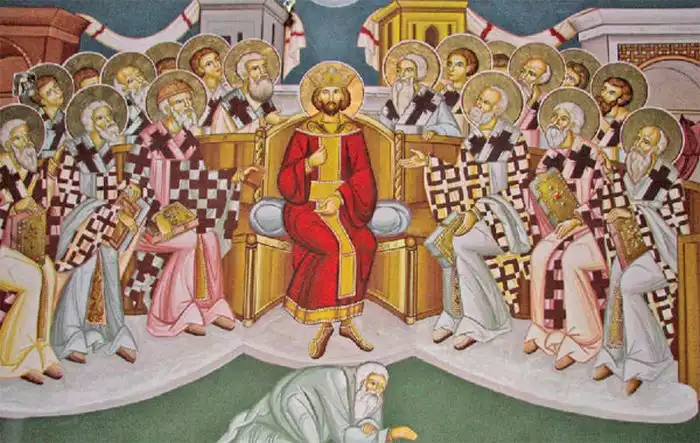
In the pivotal year of 314 AD, a significant ecclesiastical gathering, the Arles Synod, decisively branded Donatism as schismatic. This momentous event unfolded in the wake of the Diocletian Persecution, casting a profound shadow on the early Christian Church. Donatism, emerging from the fervent religious landscape of North Africa, challenged the fabric of ecclesiastical unity, […]
381 AD The Nestorian Controversy Unveiled
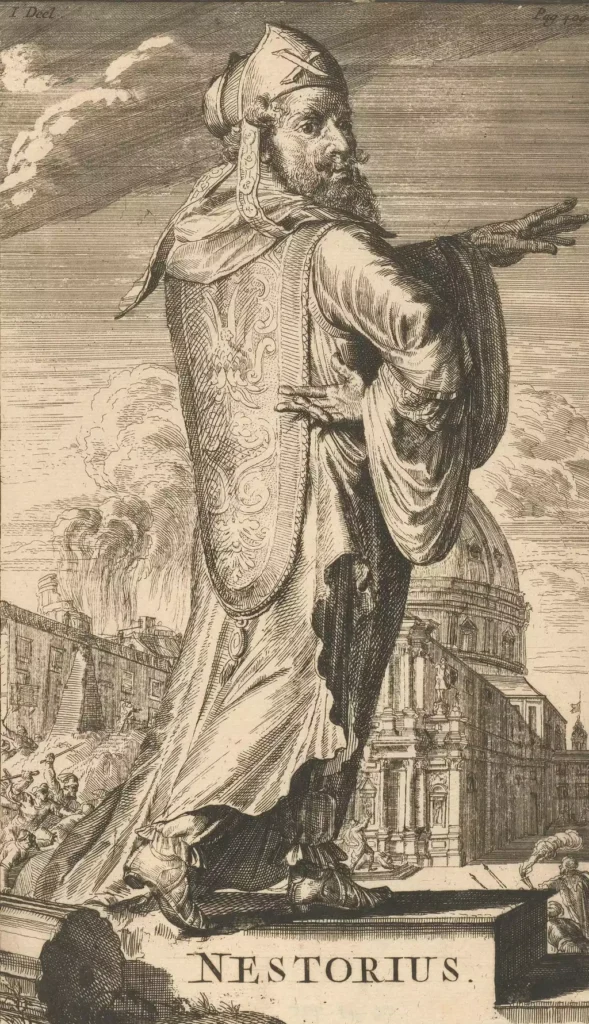
In 381 AD, the theological landscape of Constantinople was forever altered by the ascension of Nestorius to the patriarchate. Nestorius, a figure shrouded in doctrinal controversy, provocatively emphasized a stark disunion between the divine and human natures of Christ. This period marked not only a significant epoch in religious discourse but also a tumultuous chapter […]
300 AD The Legal Status of Christianity in the Roman Empire
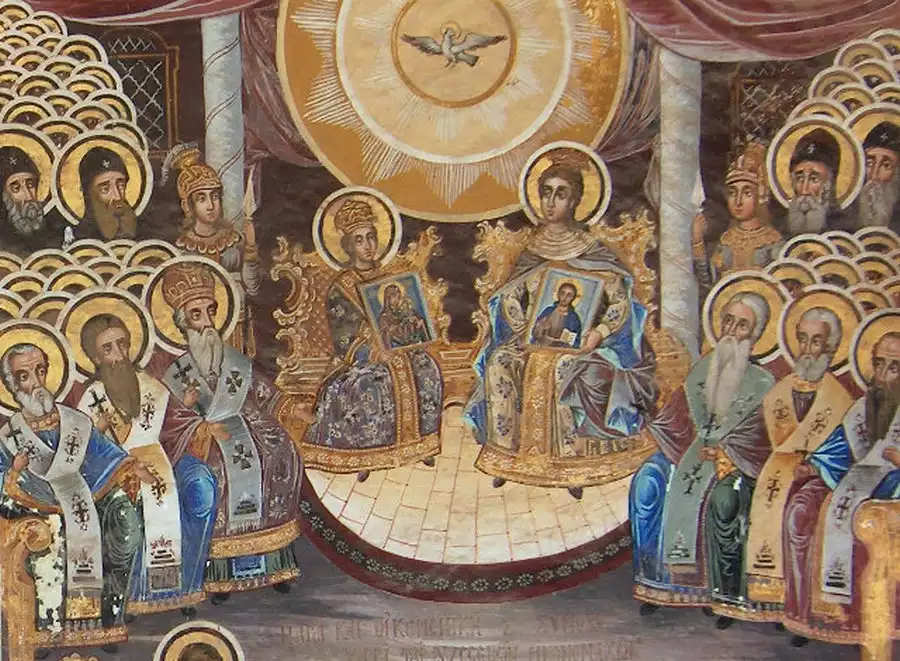
The legal status of Christianity in the Roman Empire during the first three centuries AD is complex. While there was no specific law targeting Christians, persecutions began in the apostolic era under Nero and continued intermittently until the early 4th century. Initially viewed as a Jewish sect, Christians were exempt from requirements to participate in […]
110 AD Ignatius of Antioch coins term “Catholic” meaning Universal Church
In the pivotal year of 110 AD, a momentous term was articulated by Bishop Ignatius of Antioch that would indelibly shape the Christian lexicon: ‘catholic’. Derived from the Greek word ‘Καθολική’ (katholikē), it elegantly fuses ‘κατά’ (kata, ‘about’) and ‘ὅλος’ (holos, ‘whole’) to signify ‘universal’ or ‘concerning the whole’. This linguistic gem encapsulates the essence of inclusivity and totality, a concept that Ignatius fervently embraced and propagated. Born around 35 AD and embracing martyrdom in 108 AD, Ignatius stands as a monumental figure in early Christian history. His profound ideation of a church that transcends geographical and cultural confines, serving as a spiritual haven for all, marked a significant evolution in the Church’s understanding of itself. Through his teachings and writings, particularly during his journey to martyrdom, Ignatius of Antioch championed a vision of the Church as a universal entity, a community unbounded by earthly divisions, united in faith and purpose.
1962-1965 AD Vatican II: The Church’s New Direction
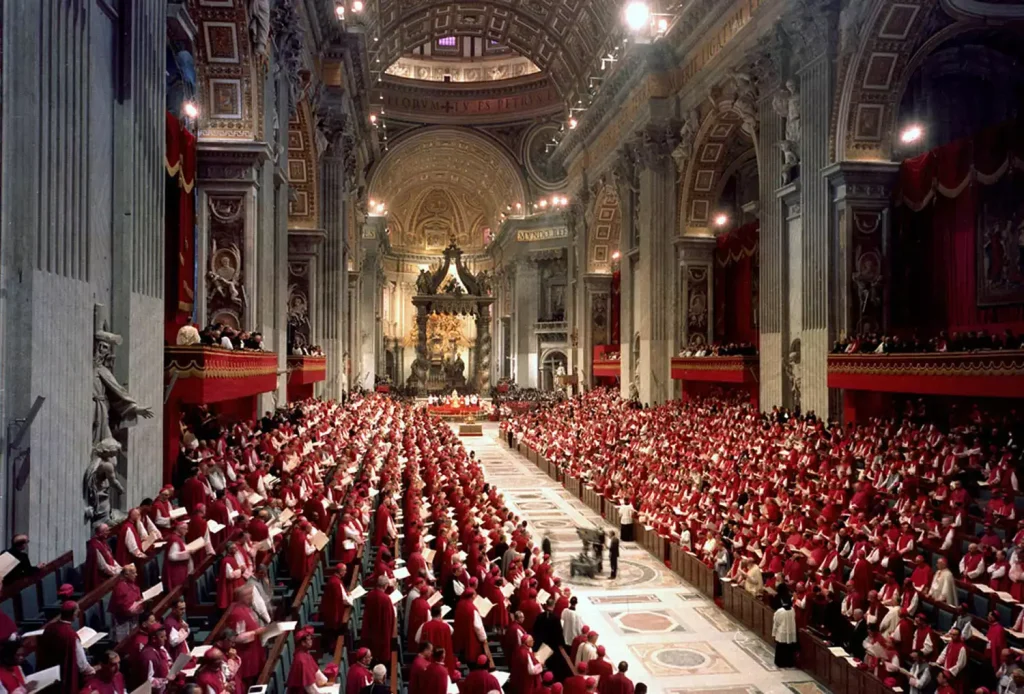
The period between 1962 and 1965 marked an epochal shift in the Catholic Church, a historic moment that redefined its core practices and interfaith dynamics. Vatican Council II, as this pivotal event is known, stands as a beacon of transformation, charting a course for the Church into modernity. This monumental gathering, convened by Pope John XXIII and continued under Pope Paul VI, broke new ground in the way the Catholic Church approached liturgy, ecumenism, and its role in the contemporary world. It was a period of intense deliberation, deep theological reflection, and significant decisions that continue to influence the Church’s path today. This article illuminates the profound changes initiated by the Council, exploring how these reforms reshaped the Catholic Church’s identity and its relations with diverse faith communities.
1603 AD King James I: The Monarch’s Fascination with Witchcraft
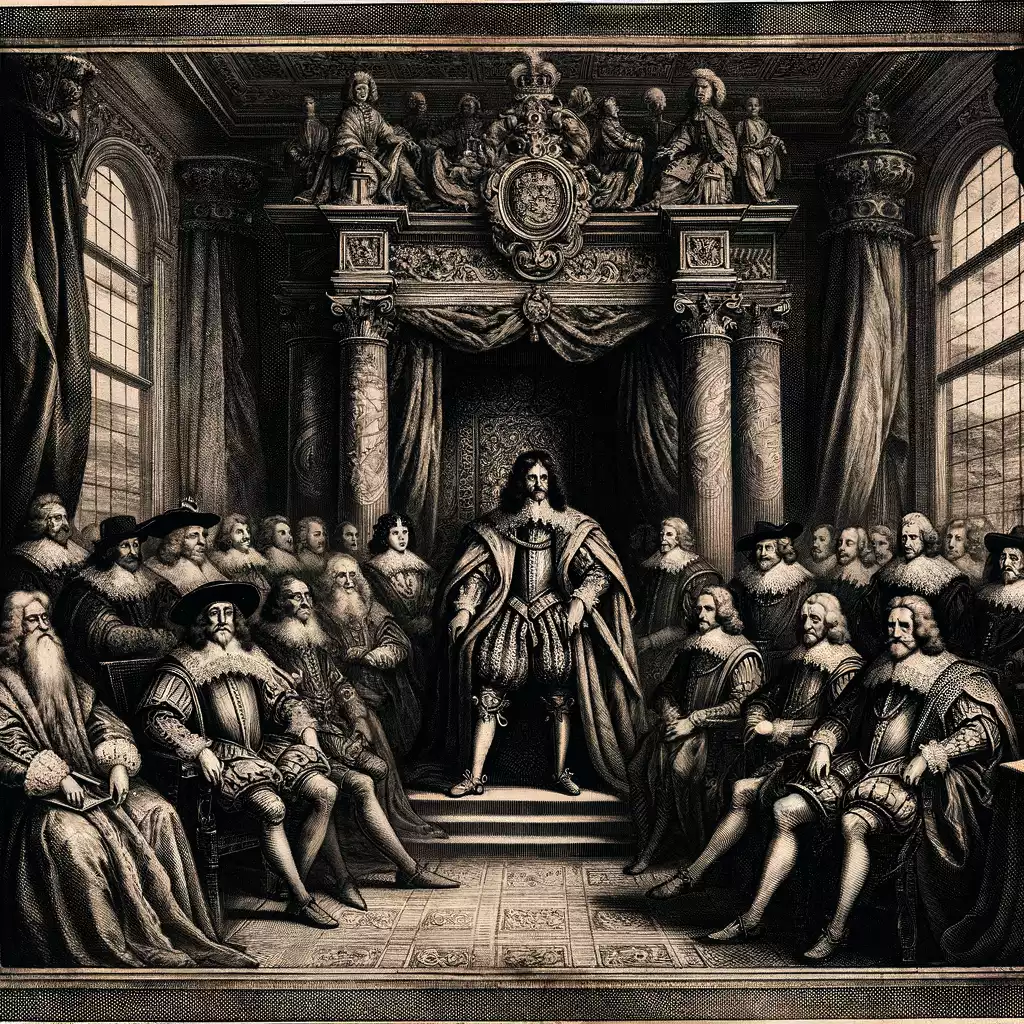
The year 1603 marked a monumental shift in England’s religious and political landscape with the death of Queen Elizabeth I, ushering in the era of King James I. This period is not merely a footnote in history but a profound transformation, as England transitioned from the Elizabethan era’s relative religious tolerance to a staunchly Protestant regime under King James. This transition had far-reaching impacts, reshaping England’s religious policies, influencing the King James Bible’s creation, and setting the stage for future conflicts. The article delves into the intricate tapestry of this historical transition, uncovering the nuances of King James I’s reign and its lasting impact on England and beyond.
1231 AD Gregory IX: Unveiling the Two Powerful Orders
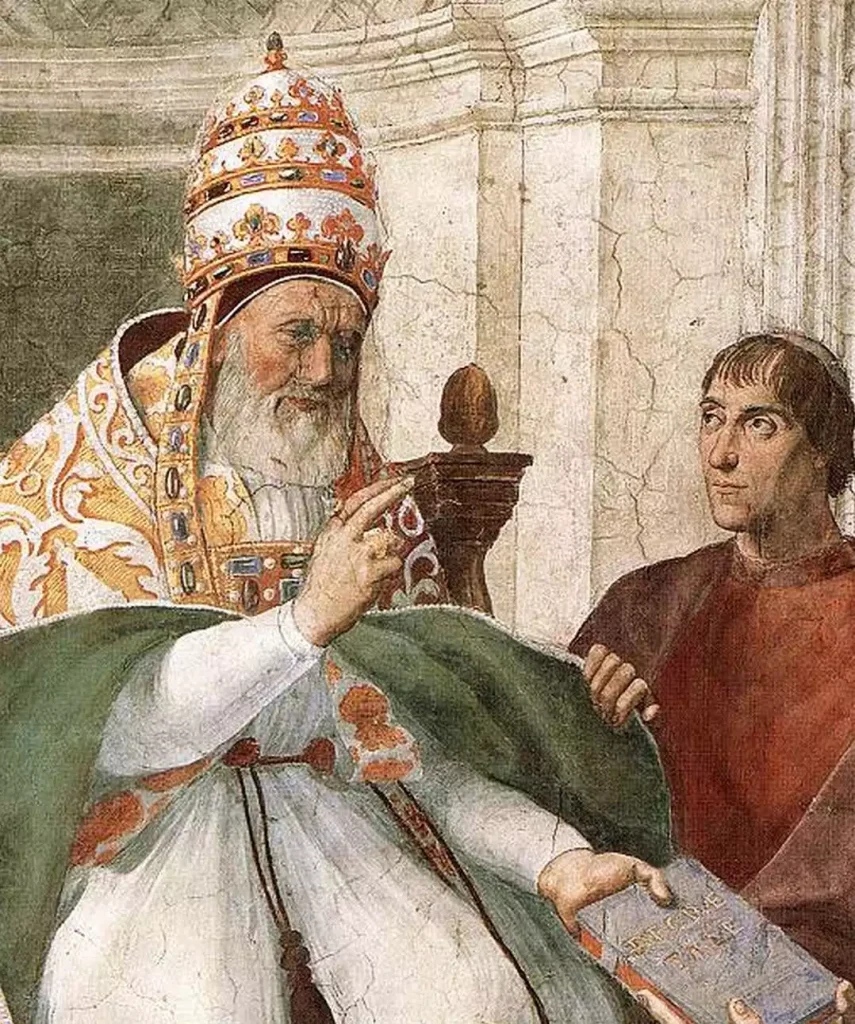
In 1231, a monumental shift occurred within the Christian world, profoundly shaping its spiritual landscape. Pope Gregory IX, a visionary leader, established two mendicant orders: the Franciscans and Dominicans. These orders, grounded in vows of poverty and preaching, emerged as powerful forces in medieval Christianity. The Franciscans, founded by Saint Francis of Assisi, emphasized living in simplicity and serving the poor. Conversely, the Dominicans, created by Saint Dominic, focused on combating heresy through education and theological discourse. Both orders played pivotal roles in religious and societal transformations during the Middle Ages. Their impact resonated through centuries, influencing Christian theology, social service, and the broader cultural milieu of Europe.
1715-1880 AD Pietism grows in Lutheran Germany
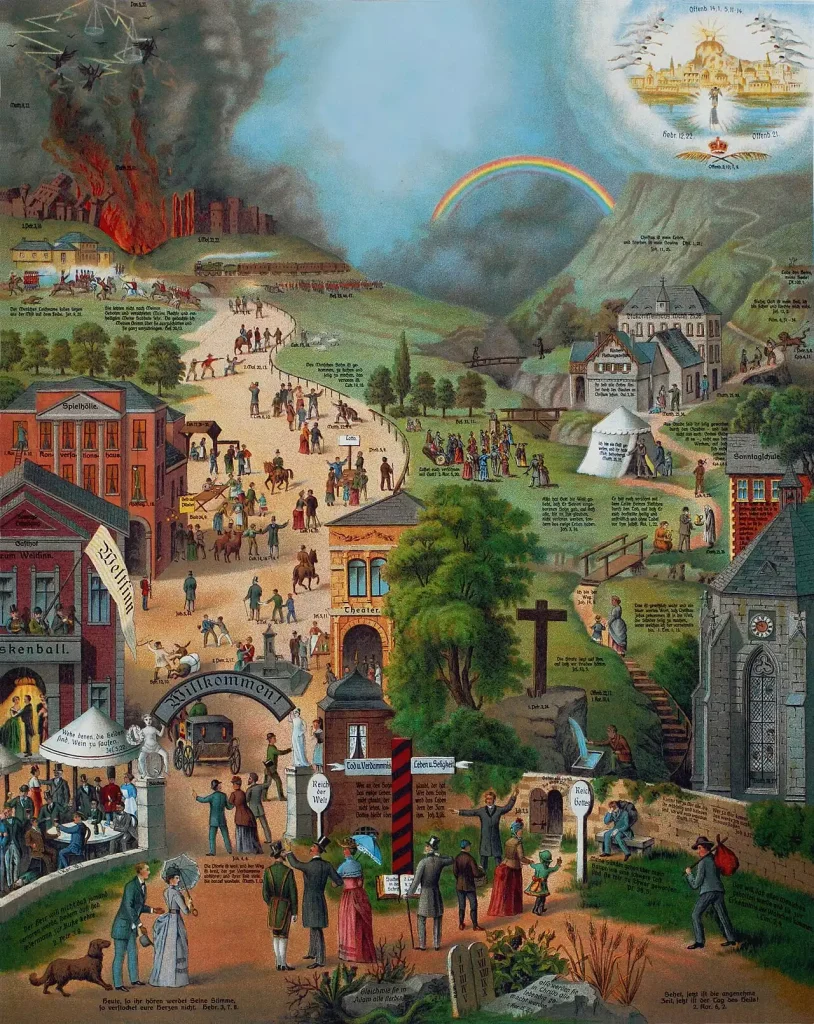
Spanning the years 1715 to 1880, a transformative movement known as Pietism emerged within Lutheran Germany, marking a pivotal shift in the religious consciousness of the era. This movement, rooted deeply in the Lutheran tradition, emphasized personal faith and spirituality over institutionalized religion, reshaping the religious landscape of its time. The Emergence of Pietism in […]
1611 AD King James Bible
In 1611, a monumental event in the history of English literature and Christianity occurred with the publication of the King James Bible. This translation not only became the standard for English-speaking Protestants but also profoundly influenced English language and culture. Genesis of the King James Bible The King James Bible, first published in 1611, emerged […]
303 AD Emperor Diocletian begins Great Persecution, destroys churches, burns Scriptures
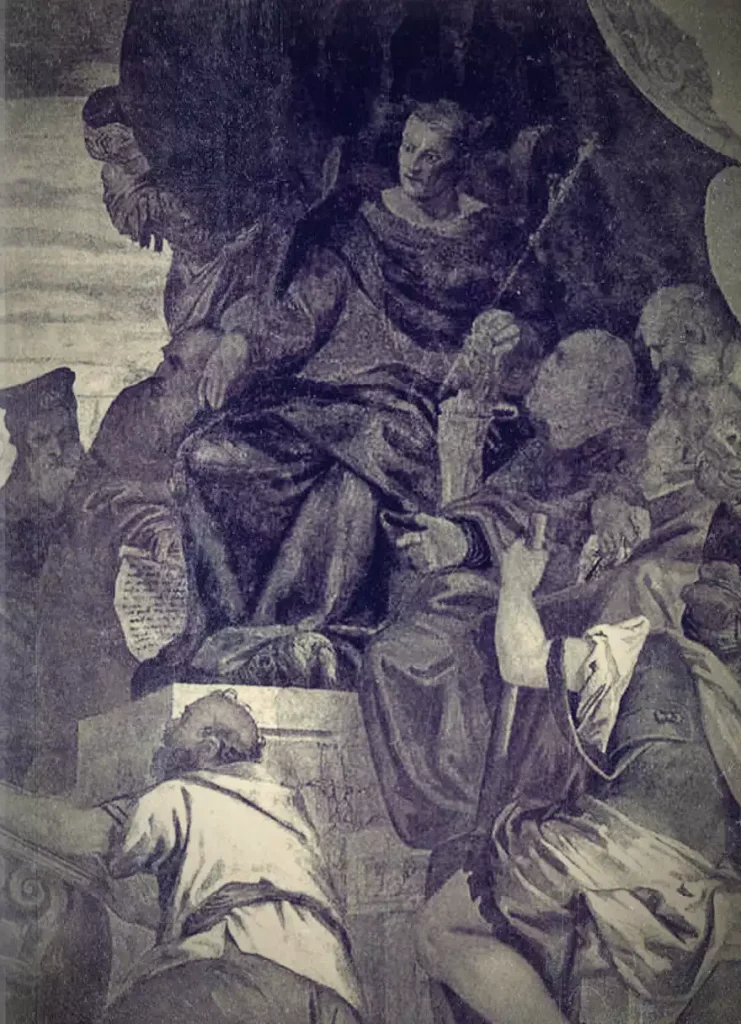
In the annals of history, 303 AD marks a significant epoch, characterised by Emperor Diocletian’s directive leading to the Great Persecution. This period witnessed an unparalleled crackdown on Christian communities, resulting in the demolition of churches and the incineration of sacred Scriptures. The Dawn of Persecution The year 303 AD heralded a tumultuous phase for […]
070 AD Destruction of the Jewish Temple in Jerusalem
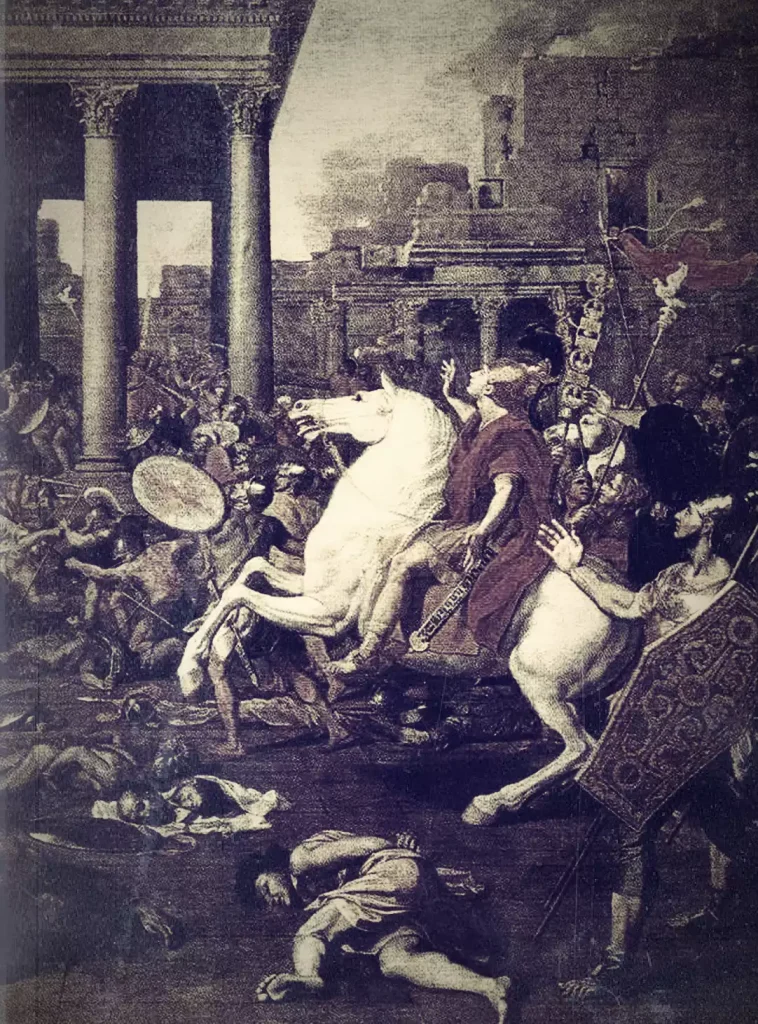
In the year 70 AD, a defining moment in ancient history unfolded with the destruction of the Jewish Temple in Jerusalem. This event, more than just a physical demolition, signified profound shifts in cultural, religious, and historical landscapes, deeply influencing Judeo-Christian heritage. The Siege and Destruction The siege of Jerusalem by the Roman forces, culminating […]
1501 AD Michelangelo begins work in the Sistine Chapel
Michelangelo Buonarroti (1475-1564), a towering figure in the world of Renaissance art, embarked on a monumental task in 1501 that would forever alter the course of artistic expression. His undertaking of the Sistine Chapel frescoes not only showcases his exceptional skill but also symbolizes an era marked by a profound appreciation for art and beauty. […]
1521 AD Martin Luther is excommunicated by Pope Leo X | Martin Luther’s excommunication
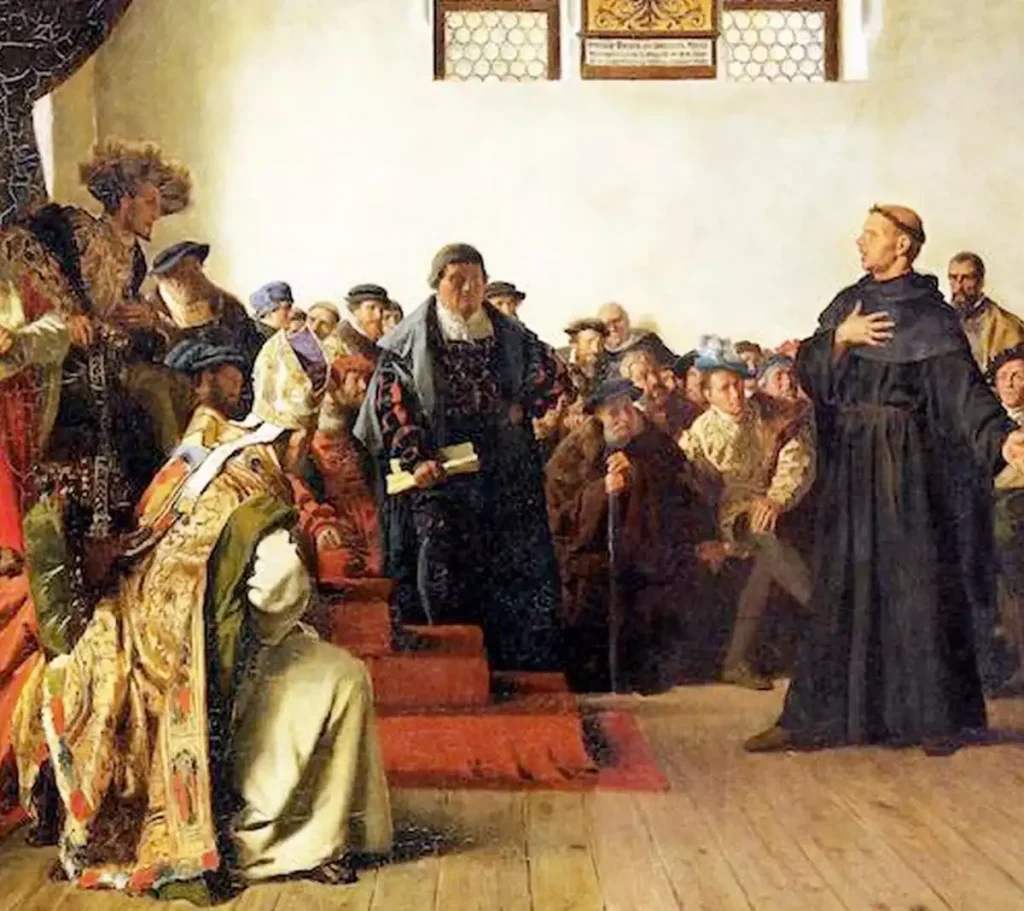
Seeds of Doubt Sown The year 1521 marked a pivotal moment in European history. It was the year Martin Luther, a German monk and theologian, ignited a religious firestorm that would irrevocably alter the landscape of Christianity. On January 3rd, Pope Leo X issued the papal bull Decet Romanum Pontificem, formally excommunicating Luther from the […]
